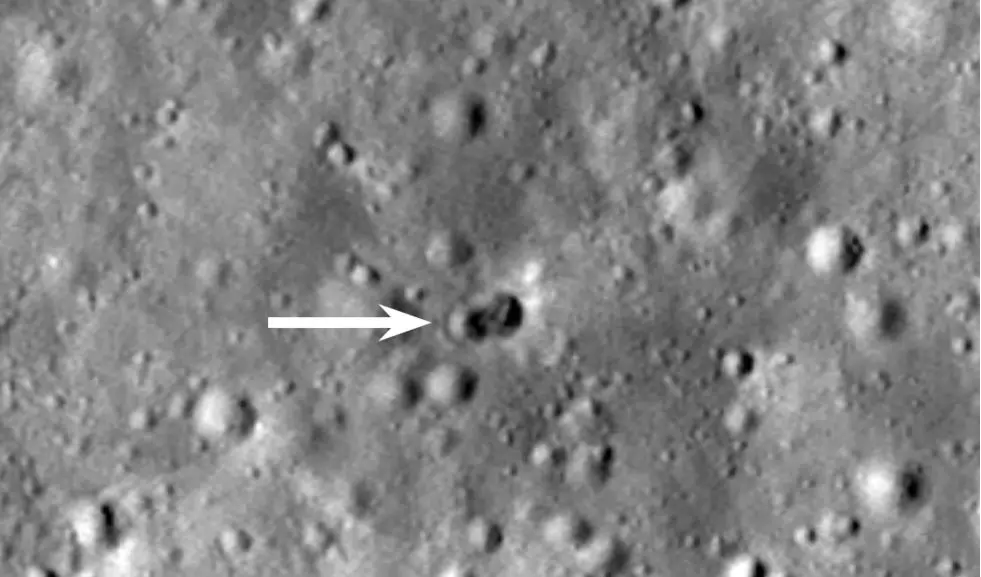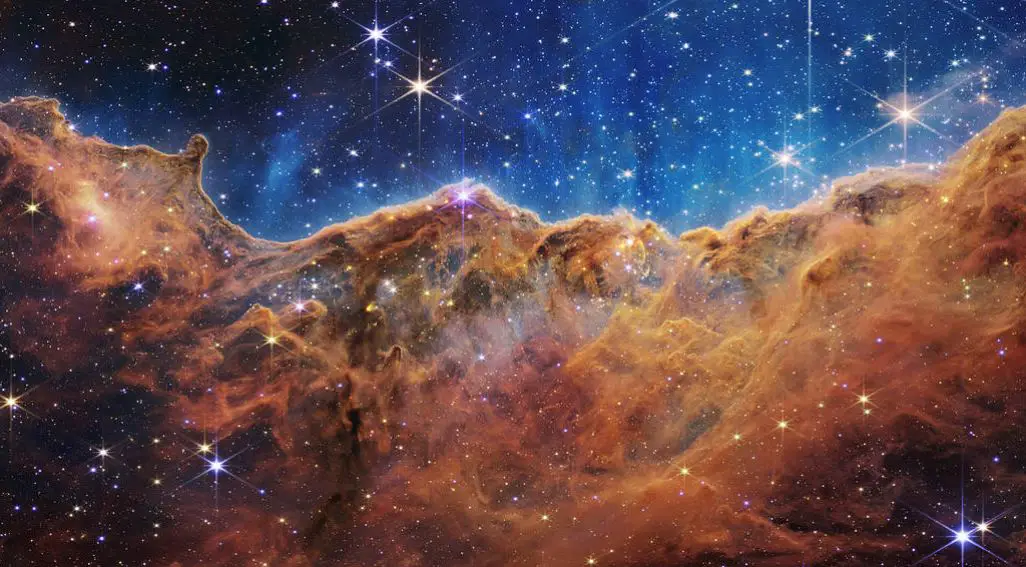On Earth, diamonds are expensive because of their rarity (and commercial hype), but on other planets, diamonds can be as common as rocks, such as the ice giants Uranus and Neptune.
The SLAC National Accelerator Laboratory in the United States conducted a new experiment based on the internal environmental conditions and materials of the ice giant, and successfully observed the formation of diamond rain.
It is predicted that diamonds on Neptune and Uranus may be very large in size, weighing up to several million carats.
Scientists have long believed that there is a strange form of precipitation called “diamond rain” deep in the ice giant planet, and the extremely high pressure and temperature thousands of kilometers below the surface of the giant star will turn hydrogen and carbon into solid diamonds.
Because ice giants lack a solid surface, the material is denser in the direction that it falls toward the core, which means that over thousands of years, diamond rain may have sunk into the ground and accumulated around the core, forming a thick layer of diamond.
Now, scientists have found that hydrocarbons combined with oxygen, another element common to ice giants, are more likely to form diamonds, according to a new study from the SLAC National Accelerator Laboratory.
This suggests that diamond showers on Uranus and Neptune may be more common than thought.
To replicate the process, the research team used an off-the-shelf source – PET plastic mixed with carbon, hydrogen and oxygen – to generate shock waves inside the PET with a high-powered X-ray laser and observe structural changes.
It was found that atoms were arranged in diamond-shaped regions, and oxygen could accelerate the splitting of carbon and hydrogen, promoting the formation of tiny nanodiamonds with a density of 3.87 grams per cubic centimeter.
In addition, the research team also found that superionic water, which conducts electric current, forms next to the diamond, which could explain the abnormal magnetic fields found around Uranus and Neptune.
The experiment could also lead to new ways of making nanodiamonds, with applications ranging from drug delivery, medical sensors, non-invasive surgery, quantum electronics, and more.
Although diamond rain is still a hypothetical theory, because we know very little about Uranus and Neptune, the most distant planets in the solar system, NASA is about to launch a large-scale exploration program for ice giant planets in the next decade. At that time, it may be possible to expect spacecraft to verify the diamond rains exist.
The new paper is published in the journal Science Frontiers.




